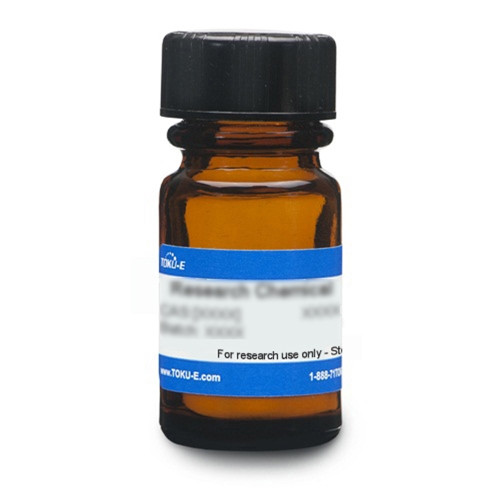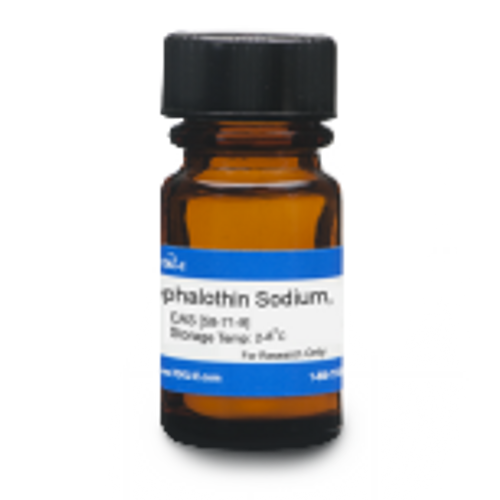Ceftriaxone Sodium, USP is the sodium salt form of Ceftriaxone, a semisynthetic, broad-spectrum, third-generation cephalosporin antibiotic that can be used in proteomics, the study of penicillin-binding proteins, and biosynthetic pathway investigation. This β-lactam is a cefotaxime derivative. The product is formulated as Ceftriaxone Sodium hemi(heptahydrate) and is freely soluble in aqueous solution.
We also offer:
- Ceftriaxone Free Acid (C074)
Ceftriaxone Sodium, USP conforms to United States Pharmacopeia specifications.








